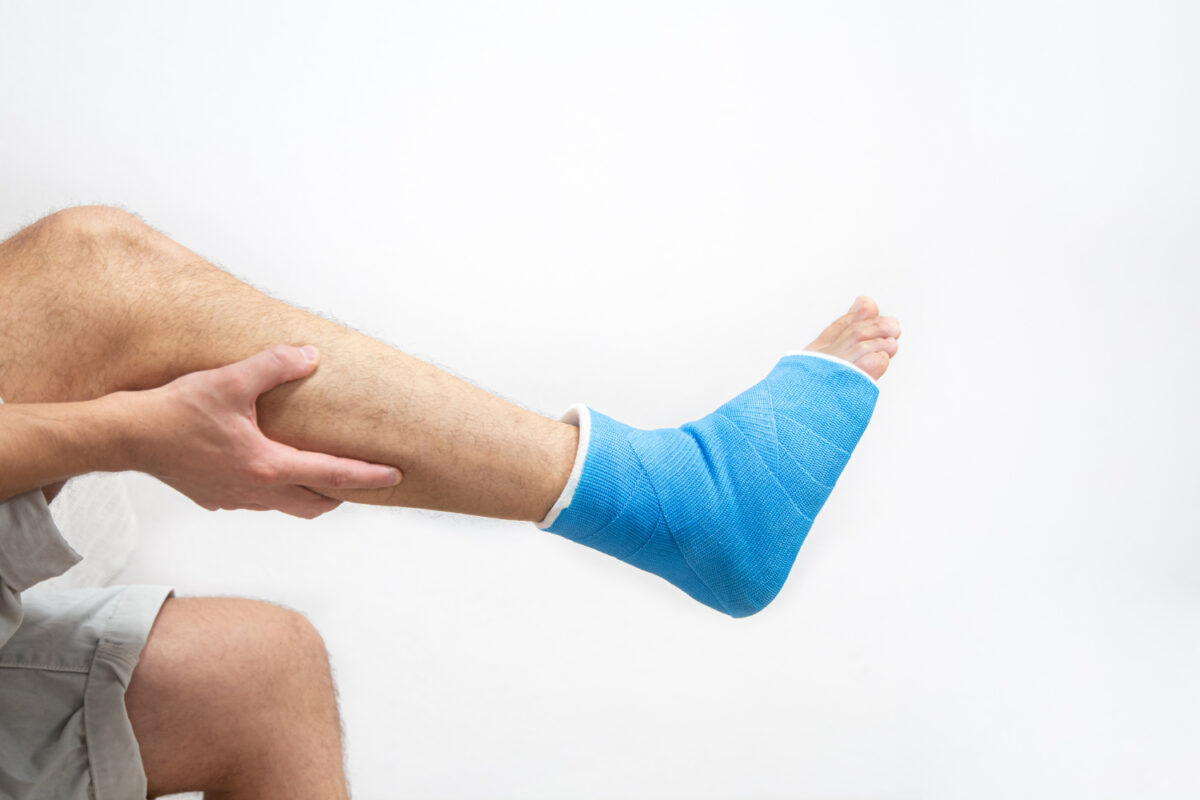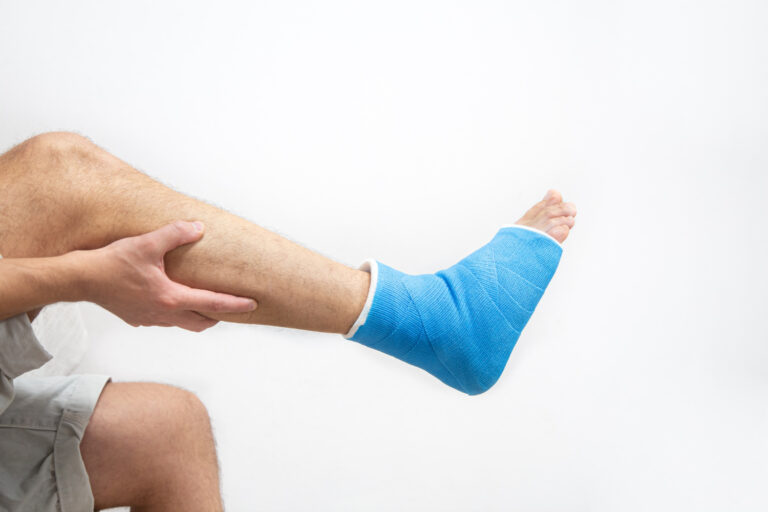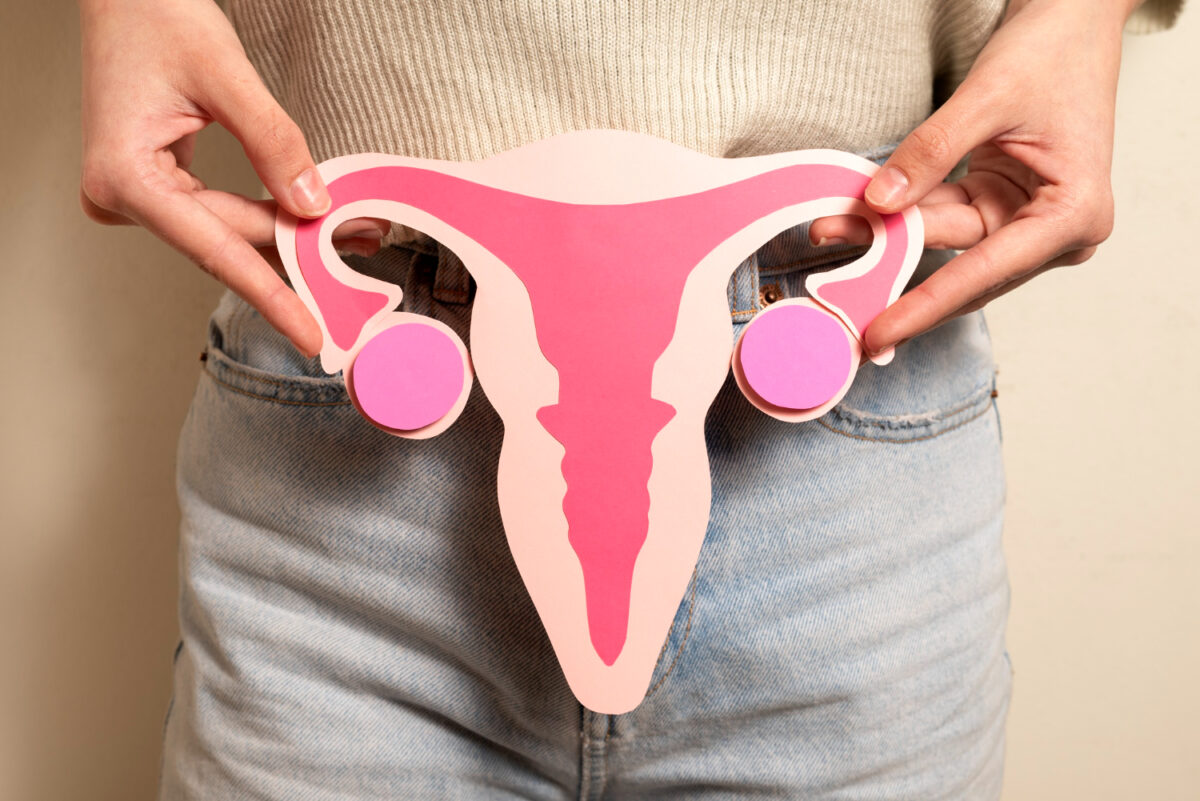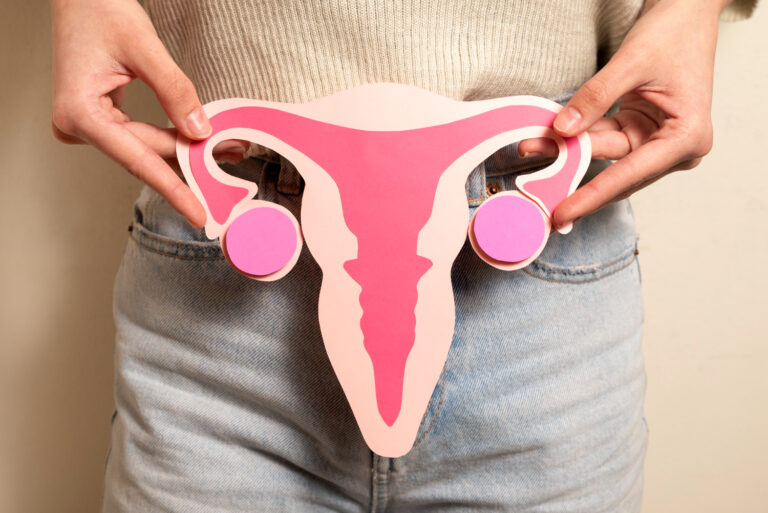/ บทความ / Get To Know About The Text Neck Syndrome

Smartphones and mobile devices have become an integral part of our daily lives in the digital age. While mobile devices provide required information and help people to stay connected, they also have a downside. Many people spend hours each day hunched over their screens leading to a variety of health issues. One of the most common issues is text neck syndrome. Learn more about the text neck syndrome, its symptoms, and how to prevent it.
What is Text Neck Syndrome?
Text neck syndrome is a repetitive stress injury that occurs when head and neck are used over a long period of time in the same position, forward or backward.The position is common when using mobile devices, such as smartphones and tablets, but can also occur when using a computer or reading a book. The constant strain on the neck and spine can lead to pain, stiffness, and muscle fatigue.
Symptoms of Text Neck Syndrome
The symptoms of text neck syndrome can vary from person to person, but common symptoms include:
- Neck pain or stiffness
- Shoulder pain or stiffness
- Upper back pain or stiffness
- Headaches
- Tingling or numbness in the arms or hands
Text neck syndrome can lead to more serious problems, such as herniated discs or nerve damage if the symptoms are left untreated properly.
Preventing Text Neck Syndrome
Follow these tips to prevent the development of text neck syndrome:
- Hold the device at eye level: When using a smartphone or tablet, hold it at eye level so that the head and neck are in a neutral position.
- Take breaks: Take frequent breaks when using the device. Stand up and stretch the neck and shoulders frequently to relieve tension.
- Exercise: Exercising regularly to strengthen the muscles in the neck and upper back can help reduce the risk of injury.
- Adjust the workstation: When working at the desk, make sure the computer screen is at eye level and use a chair with good back support.
Text neck syndrome is a common issue that can cause a great deal of discomfort and pain. By taking steps to prevent it, the neck and spine can be protected from being injured. If you want to discuss with the experts according to your situation, you can come to PrimoCare Medical Clinic and get professional advice from our professionals. We are ready to take care of your optimal health. You can inquire or make an appointment in advance here.
References:




















